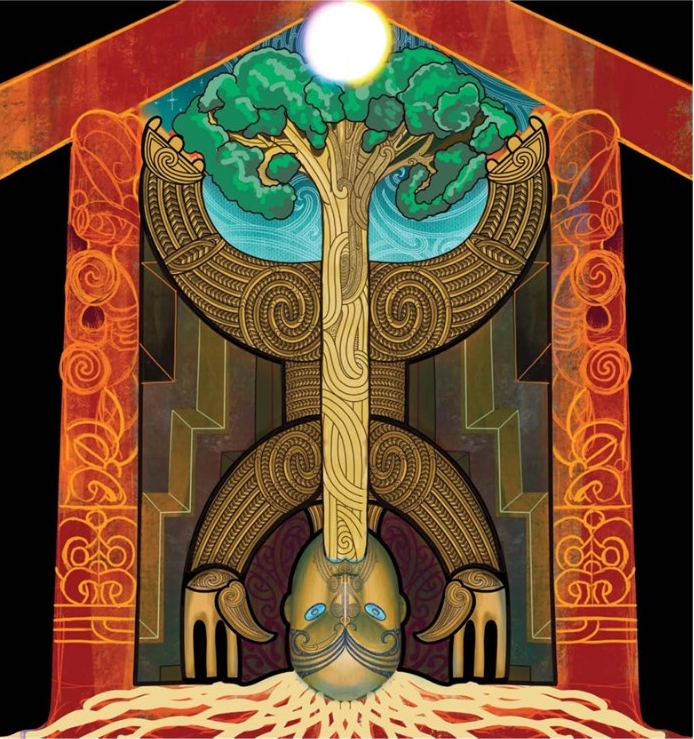Portfolio highlight: Restoration, protection and mauri of Te Waonui a Tāne
13 March 2024
A new approach to working at Scion, with the principles of Te Tiriti at its heart, is making steady progress in bringing about change. Through early engagement with Māori, enhanced communication and the development of new tools, greater success will be achieved.
Why it matters
- The unique indigenous forest ecosystems of Aotearoa are undergoing increasing stress from multiple threats.
- By respecting and embracing a Te Tiriti approach to science and research, researchers and Māori partners can identify greater opportunities and shared benefits, impacts and outputs.
The Restoration, protection and mauri o Te Waonui a Tāne portfolio is Scion’s leading Te Tiriti framed portfolio within the impact area, Forests and Landscapes. It comprises two programmes, or pathways: one is a Te Ao Māori-led pathway with science supporting and the other is science-led with consideration for Te Ao Māori partnerships and participation made as work is developed.
This approach has already enhanced existing research and will become more embedded so that new projects value Te Ao Māori world views and the ngahere knowledge is enriched through methods largely unexplored by science.
The work will deliver increased benefit for Māori, for the community and for Aotearoa.
Portfolio leader and indigenous research practitioner Katerina Pihera-Ridge, says Māori have a great deal to offer research and science, particularly in the environmental space. However, research has often seen indigenous people left out of the conversation, without access to the science gathered and unable to contribute holistic perspectives, approaches and values that traditional knowledge holds.
“That means missed opportunities and lost benefits for te taiao – natural environment and people. We need to do a better job of collaborating so we can understand the state of the ngahere and respect what each other’s worldview brings.
“When we engage early with Māori and take more time to communicate our research, projects and science, then we see a more holistic view emerge, bringing shared research benefits, positive relationships and more opportunities.”
The first year of work has been spent establishing a framework and strategy, bringing staff on the journey and increasing the visibility of the portfolio, as well as supporting research and science approaches and capability both internally and externally. While progress has been steady, these are long-term objectives needing long-term commitments.
Some of the projects completed include the development of Te Mata Ārahi Ngahere – Ngahere Compass (internal guidance for connected action for impact) that will guide the portfolio in ways of working more holistically and with Te Tiriti values taken into account.
Another project, Ngā Toi a Tāne, saw the development of a ngahere rangahau research report and creative research outputs. This includes kōrero tuku iho, tohu, karakia and waiata that acknowledge mātauranga and the interconnected relationships Māori have associated with ngahere.
Now in post-production is Ngā Ataata Rokiroki o te Waonui, a Kaupapa Māori led approach to share knowledge via five short videos expanding themes of forest landscapes, biosecurity, biodiversity, wildfire science and Te Ao Māori, that have been developed for basic knowledge transfer, accessible to Māori and community audiences.
Alongside these new initiatives, the portfolio continues to contribute to existing and new work focussed on preparing for and responding to climate-enhanced risks to ngahere and standing forests, including pests, pathogens, fire and socio-ecological research.
The portfolio is also focussed on growing its profile with government and research partners and aims to demonstrate to Māori that there is a science portfolio that respects Te Ao Māori kaitiakitanga approaches.
“Māori need to see that room is being made in science, that they can guide research ideas, approaches and that they can get involved. It is about enabling a Māori-led approach that is supported by science, not just the other way around,” Katerina concludes.

